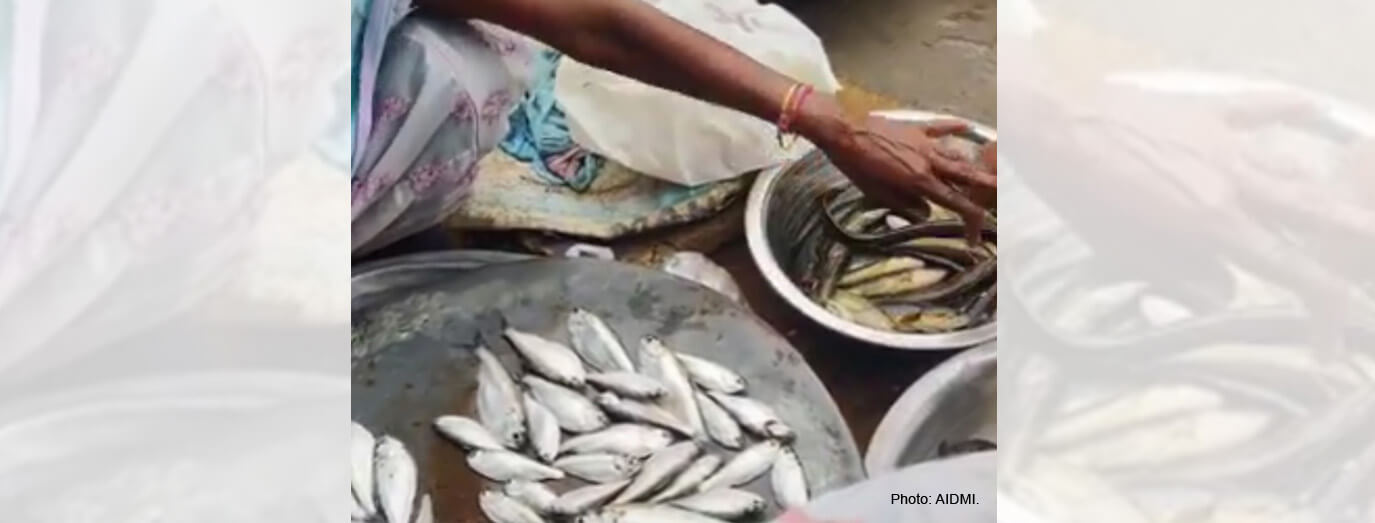
By Joe John George, Consultant, UNICEF, Kerala, India
Despite its lush greenery and coastal location, Kerala is not immune to the growing threat of heatwaves. However, the state government’s proactive approach has reassured its citizens. It has implemented various schemes and interventions to mitigate the impact of extreme heat, making Kerala a safer place. This article explores these initiatives, highlighting how they contribute to a more heat-resilient Kerala.
Integrating Heatwave Mitigation into Government Policies
Recognising that heatwaves are a growing threat exacerbated by climate change, Kerala has taken proactive steps to integrate heatwave mitigation strategies into various government policies. The state has noted heatwaves, sunstroke, and sunburn as a state-specific disaster in 2019. Other measures include incorporating climate-resilient design in urban planning regulations, promoting drought-resistant crops in agriculture policies, and mandating workplace safety measures to protect labourers from heat stress, demonstrating the government’s commitment to everyone. Kerala has many labourers from other states, and such measures protect them. Kerala aims to build a more resilient and adaptable society by mainstreaming heatwave preparedness across different sectors. Kerala has a clear protocol for declaring heatwaves as state-specific disasters, enabling the government to access funds from the State Disaster Response Fund (SDRF) for relief and rehabilitation. The first heatwave warning in the state was given in the year 2016 by IMD and in 2024, the first death was reported due to heatwave. The Heat Action Plan 2020 directs around 27 nodal departments on heat preparedness and mitigation.
Kerala State Disaster Management Authority and the Heat Action Plan
The Kerala State Disaster Management Authority takes the lead in Kerala’s proactive approach to heatwave preparedness with its comprehensive Heat Action Plan. This multi-sectoral strategy utilises a network of weather stations to issue timely heatwave alerts, providing a crucial window for readiness. KSDMA also conducts extensive public awareness campaigns across various media channels, educating citizens on heat risks, prevention strategies, and the importance of hydration. Furthermore, during heatwaves, the government collaborates with local bodies to establish cooling centres in public spaces, offering respite from the heat, particularly for vulnerable populations. KSDMA has also produced educative materials in Braille and Sign Language on Heatwave as persons with disabilities are more vulnerable to heatwave, and so are children and elderly.
Local Level Action: Directives and Advisories for Proactive Heatwave Management
Recognising the importance of local-level action, the Kerala government issues directives and advisories to district administrations and local bodies ahead of and during heatwave periods. These include guidelines for adjusting school timings to avoid peak heat hours, advising employers to provide adequate shade and drinking water (known as thanneer pandol) for outdoor workers, and directives for health officials to conduct community outreach programs on heatwave preparedness and first aid. These proactive measures at the grassroots level are crucial in minimising the impact of heatwaves on vulnerable populations and ensuring a coordinated response. Water kiosks are also arranged at the LSG level to ensure a potable drinking water supply.
Harnessing Existing Schemes for Heat Resilience
Kerala leverages existing government schemes to enhance heatwave preparedness and response as well as drought risk reduction:
Conclusion
Despite significant progress, Kerala faces challenges in heatwave preparedness, including combating the urban heat island effect through urban planning strategies prioritising green cover and efficient building design. Reaching vulnerable groups in informal settlements with targeted outreach to disseminate heatwave preparedness information and resources is also crucial. However, Kerala’s proactive, multi-pronged approach, combining dedicated initiatives with existing government schemes, is a model for other states striving for a heat-resilient future.
Photo caption: “The heat is brutal. By midday, the fish starts to spoil even with ice. I have to sell it quickly, or I am left with waste and lost income.” – A woman selling fish by the roadside in Kerala. Photo: AIDMI.
Disclaimer: The views expressed in this piece are those of the author/s and do not necessarily reflect the views or policies of AIDMI.